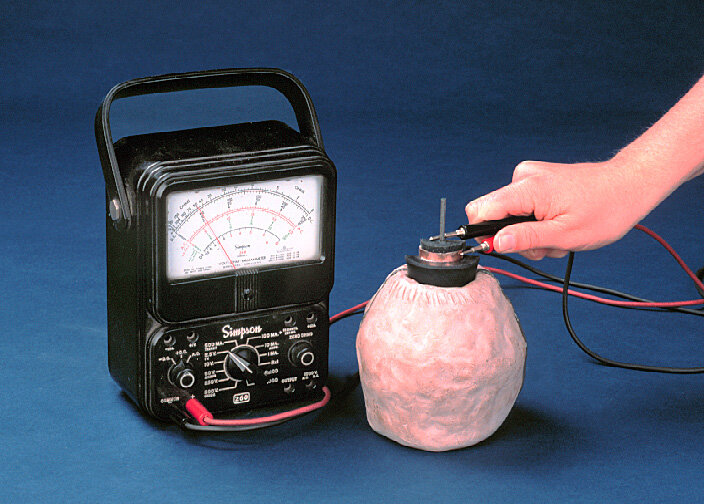A rediscovered marvel: Parthian Battery

TEHRAN - Among the myriad of remarkable discoveries throughout history, electricity stands as one of the most groundbreaking. However, evidence suggests that the utilization of electricity may be traced back even further than commonly believed.
In 1936, while constructing a railway near Baghdad (once part of Iran’s mighty Parthian Empire), workers stumbled upon what appeared to be an ancient battery, now famously known as the Parthian Battery.
Originating from the era of Iran’s Parthian empire, this artifact, estimated to be around 2,000 years old, consists of a clay jar filled with a vinegar solution, housing an iron rod encased by a copper cylinder. Remarkably, this configuration generates approximately 1.1 to 2.0 volts of electricity.
The significance of the Parthian Battery extends beyond its technological implications. Its discovery challenges misconceptions about the Parthian civilization’s intellectual pursuits, underscoring the need for further archaeological inquiry into their contributions to science and technology.The discovery challenges conventional narratives, suggesting that the concept of the battery may have existed long before the renowned scientist Alessandro Volta’s innovation. German archaeologist Wilhelm Konig first described the jar in 1938, noting its resemblance to electric batteries. Despite World War II delaying further exploration, American scientist Willard F. M. Gray later replicated the device, confirming its electrochemical capabilities when filled with an electrolyte like grape juice.
However, scholarly debate persists regarding the true function of these jars. While some argue for their use as batteries, others remain skeptical, prompting questions about their creator and intended purpose.
Unfortunately, due to the loss of Iranian literary sources and libraries during the Arab invasion in the 7th century CE, the exact function remains elusive. Nonetheless, prevailing theories suggest their application in electroplating, a practice still observed in modern Iranian metalworking.
The significance of the Parthian Battery extends beyond its technological implications. Its discovery challenges misconceptions about the Parthian civilization’s intellectual pursuits, underscoring the need for further archaeological inquiry into their contributions to science and technology.
As discussions surrounding the “Parthian Battery” continue, it serves as a poignant reminder of the vast unexplored realms of ancient history, urging scholars to delve deeper into the legacy of civilizations like the Parthians and their advancements in art, architecture, and technology.
According to Dr, Kaveh Farrokh, a Greek author of several academic books specializing in Iranian history, a common misconception about the Parthians is that they lacked interest in the development of learning, science, and technology. This belief is derived from the paucity of the available evidence, the lack of archaeological studies, as well as subjective bias.
There have been a number of reconstructions of this ancient device in Western laboratories and universities.
Nevertheless, not all historians accept Konig’s 1940 report that the items were “batteries” – there are modern scholars who in fact reject this notion academically (see for example the arguments of archaeology professor, Elizabeth Stone from the Department of Anthropology, Stony Brook University).
What is generally agreed upon is that the “batteries” were used to electroplate items by mainly putting one layer of metal upon another (e.g. gold upon silver). Support for this position is provided by the fact that this technique is still in evidence in many traditional metalworking shops in Iran today (i.e. Isfahan, Tabriz, etc.).
Tests by Western scientists have revealed that when the jar of the battery was filled with vinegar (or other electrolytes), it was capable of generating between 1.5-2.0 volts (Source: Dennielle Downs and Ava Meyerhoff in Smith College History of Sciuence, Museum of Ancient Inventions).
As mentioned by Farrokh, if such jars were indeed “batteries” in the modern sense, then Count Alassandro Volta’s invention of the modern battery may have been predated by 1,600 years or more.
AM
Leave a Comment